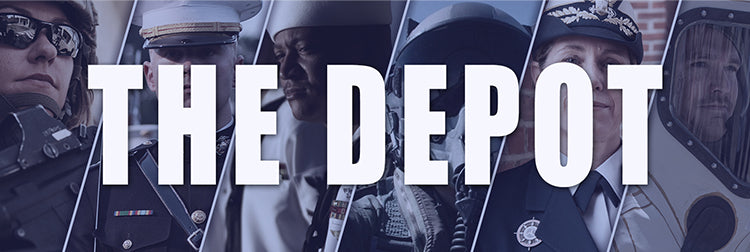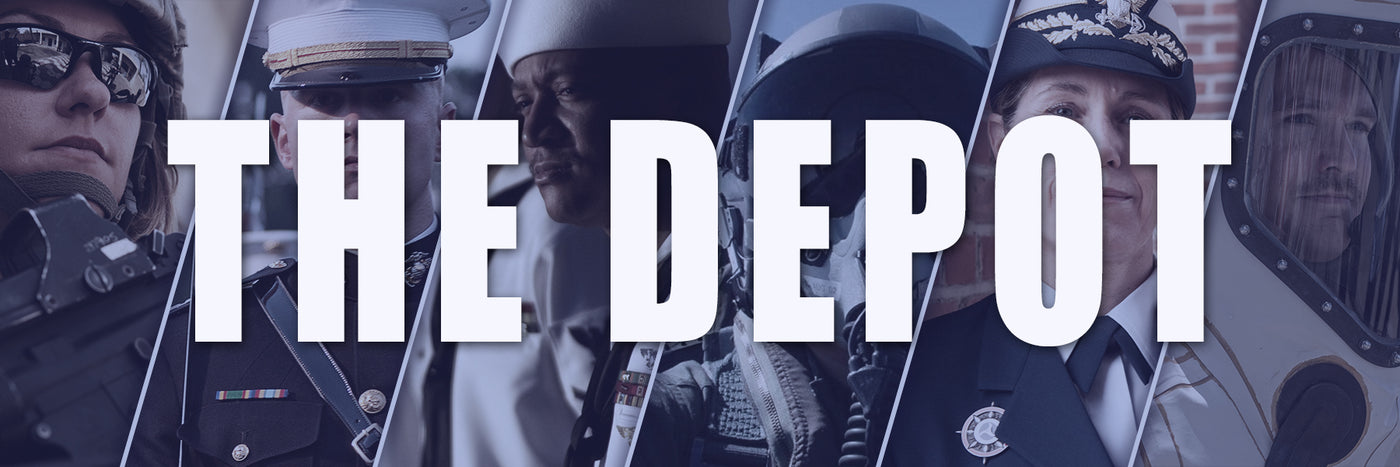
Three Military Uniform Rules That Are Non-Negotiable
Uniforms make an individual a part of a larger organizational culture. The military services expect their members to comply to military uniform rules which govern wear and use of the...
Blog Staff |

